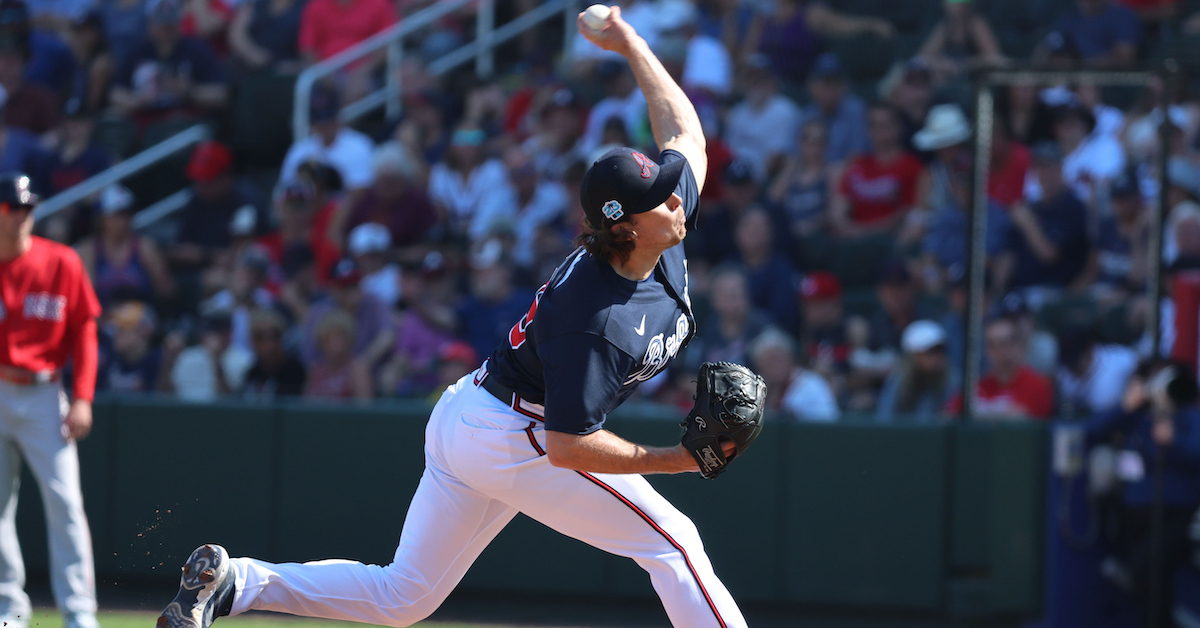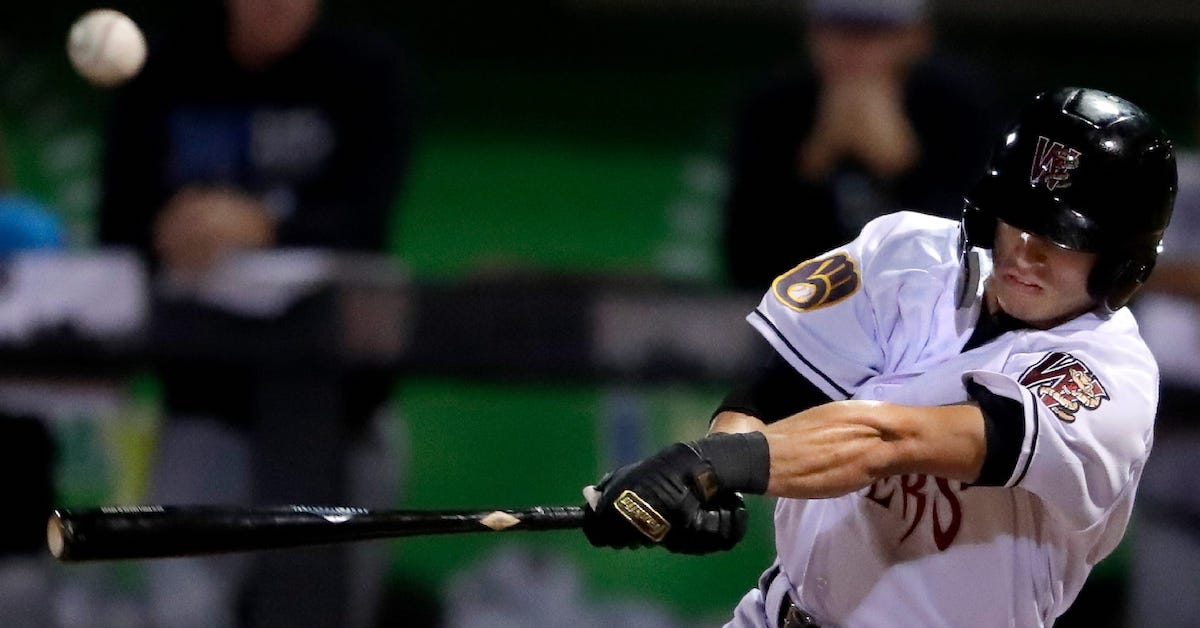Brandon Woodruff’s Shoulder Injury Is No Shrugging Matter

The Brewers announced on Sunday that pitcher Brandon Woodruff’s shoulder pain has been diagnosed as a mild subscapular strain, meaning a trip to the injured list was in order. But while the word “mild” appears, the result is anything but, as it’s almost certain that he will spend significantly more time on the IL than the minimum 15 days, and a trip to the 60-day IL may be in order.
Craig Counsell on Brandon Woodruff: pic.twitter.com/yg2ipI88pL
— Todd Rosiak (@Todd_Rosiak) April 15, 2023
The good news is that the team doesn’t believe, at this time, that surgery will be required. But in talking about the injury, Woodruff didn’t sound like a player who was particularly optimistic about a quick return.
“If this was something that happened midseason, All-Star break, right before or after that time, I would probably end up being done, to be honest, for the season.”
[…]
“I’m not going to rush this, I’m not going to come back too early just for the sake of coming back early,” Woodruff said. “That’s just not going to do anybody any good. I’m going to take my time, I’m going to listen to my body and trust the rehab process and just go through that, and hopefully come back at whatever point that is throughout the season and then try to finish up strong.”
The subscapularis is one of four muscles that make up the rotator cuff and is a stability muscle that is key to keeping the shoulder from being dislocated. It’s one of the muscles less likely to be injured, but the recovery time for pitchers has been significant. Corey Kluber missed three months in 2021, and Justin Dunn has been shut down since the start of spring training, though his case is complicated by the fact that his shoulder problems are more longstanding. In a small study of eight professional players in Japan with similar injuries, the five pitchers had a mean time of 81.5 days until return to play, with a significance variance among the players that wasn’t based on severity of the injury. Looking back at the players 21 months after their injury, none of the eight suffered a recurrent injury to the muscle. Read the rest of this entry »








